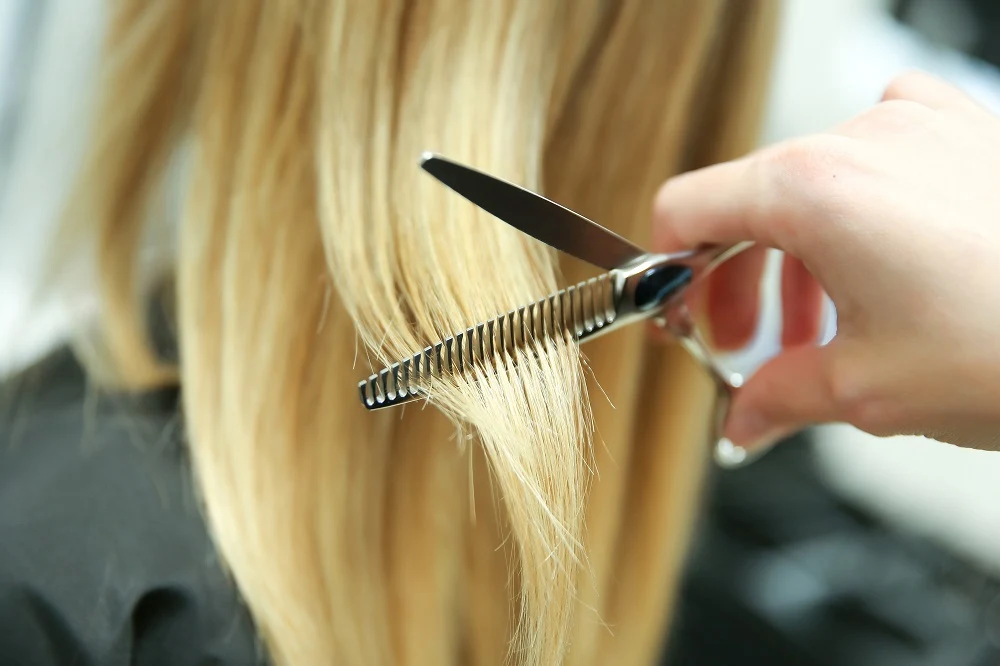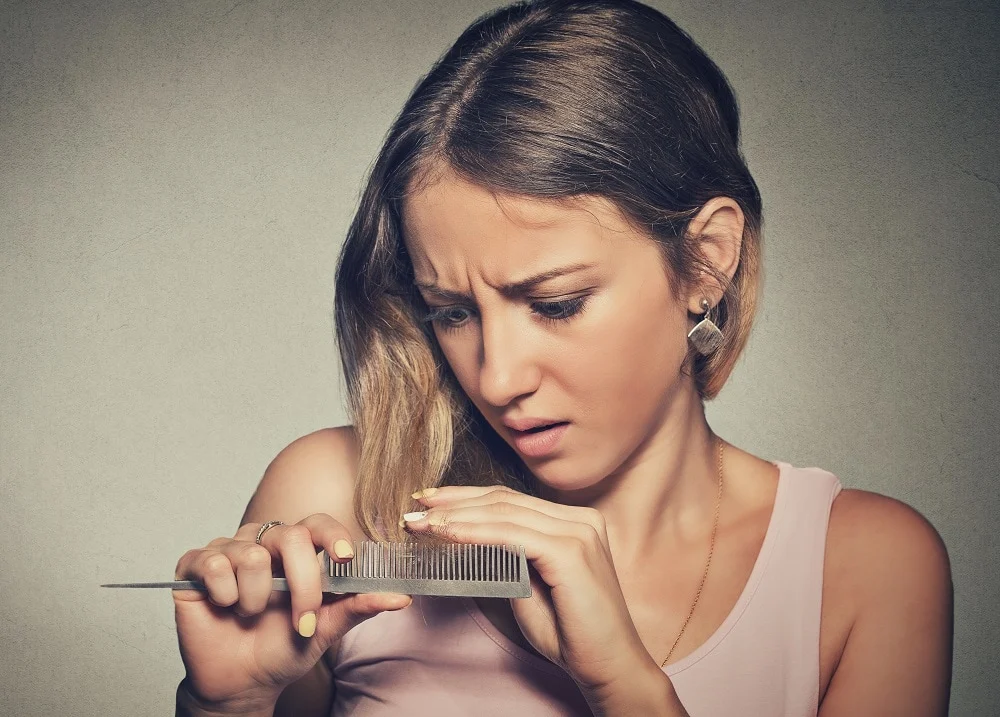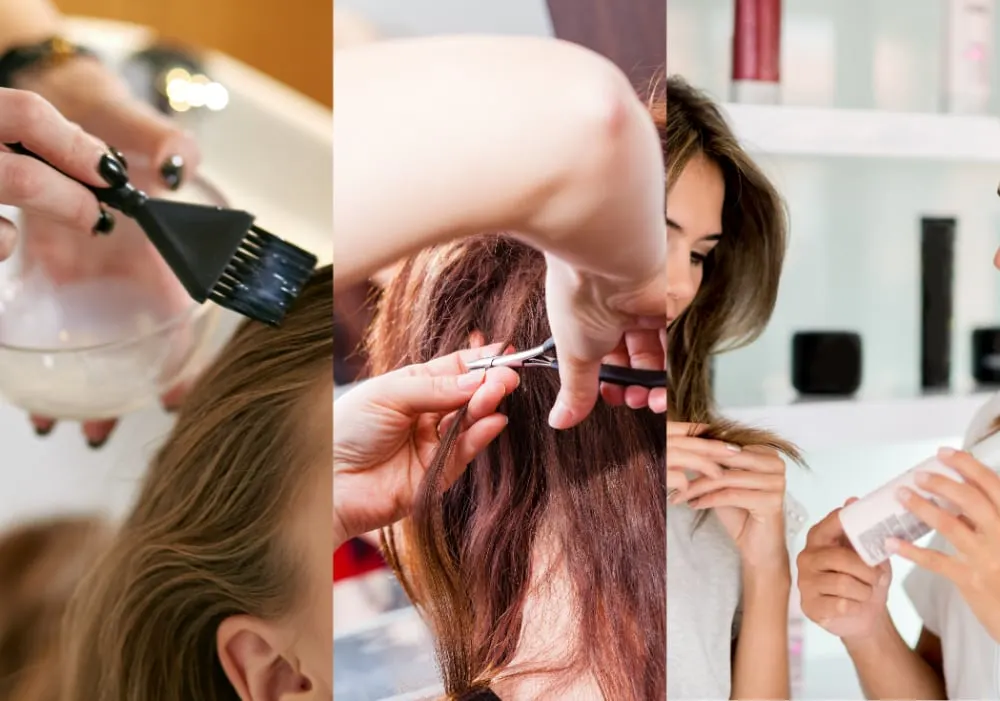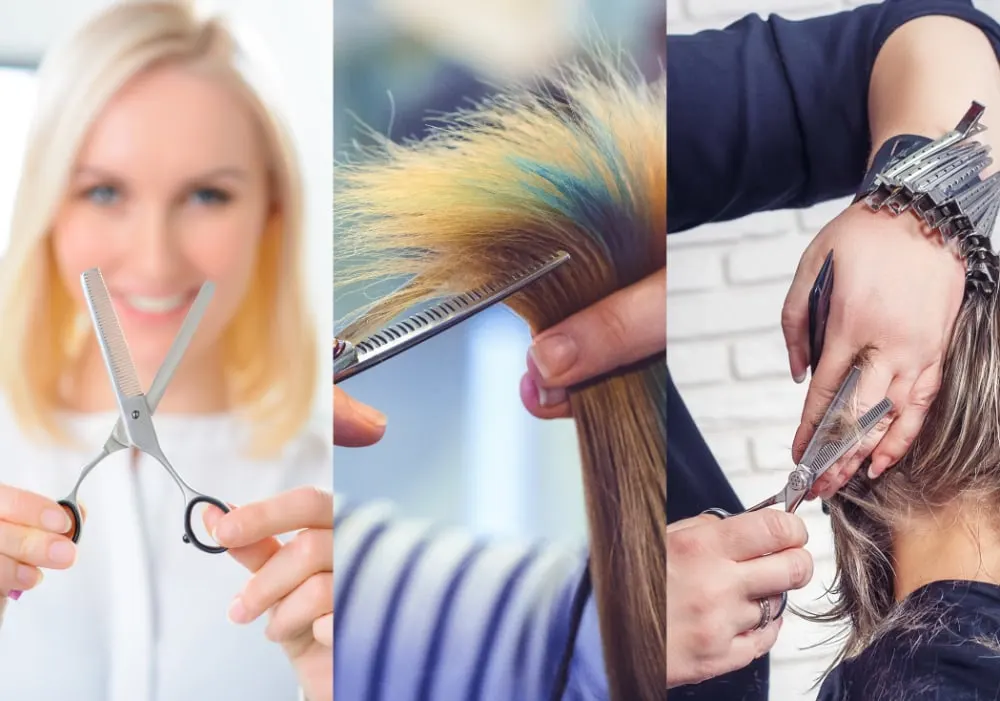Beautiful, healthy hair can boost your confidence and make you more attractive. As much as thinning shears can enhance hair texture and shape, they can also cause serious damage if used incorrectly.
That’s why more often than usual, you will hear people complain, “Thinning shears ruined my hair.”
If you’ve already damaged your hair with thinning shears, don’t worry. You can still repair the damage and restore your hair to its original condition with the right approach.
Read on to learn tips on repairing and restoring your hair after using thinning shears.
Why Are Thinning Shears Used?

Thinning shears are used to remove excess bulk and weight from thick hair to give it a more uniform shape and style. It can thin out sections of hair that are too thick, such as around the crown or sides.
Thinning shears can help create a more natural-looking style, blending layers or adding texture to hair. It’s a great tool to thin out your hair.
However, using it wrongly can cause permanent damage to your hair, and thinning out excessively can ruin and make your hair so uneven that you will find it difficult to style.
Can Thinning Shears Damage Hair?
You can put your hair at risk of damage if you use thinning shears incorrectly. Potential damage to your hair can include the following:
- Split ends
- Thinning or balding spots
- Frizziness
- Thick and heavy top layers
These issues can occur if you apply too much pressure when using the thinning shears. Besides, pulling the shears too close to the scalp can cause breakage of your hair strands.
Overusing the shears can also create an uneven or choppy look. For instance, if you use thinning shears on already thin hair, it can make your hair look even thinner and wispier.
What Should I Do If Thinning Shear Ruined My Haircut
If the use of thinning shears has resulted in uneven layers in your hairstyle you may have to choose a thin hairstyle.
Take professional help to balance out the heavy top layers. Proper layering can help redistribute the volume and give a more cohesive look to your hairstyle.
You can also try some styling techniques to manage the thickness. For instance, using a round brush while blow-drying can help lift the roots and distribute volume more evenly.
Volumizing products can help if the lower layers of your hair are thinner. Conversely, to reduce volume at the top, use smoothing serums or straightening products.
If the only solution is to let your hair grow out, be patient. Trim the hair ends an inch every 4-6 weeks. As your hair grows from the root, the disproportion in thickness should gradually become less noticeable.
How to Recover Your Hair from Thinning Shear Damage
If thinning shears cause damage to your hair, it is possible to restore and repair them.
The recovery process should begin by evaluating the damage to plan proper treatment. Here is a detailed breakdown of how to recover your hair:
Assess The Damage

It’s important to examine the extent of the damage to your hair before starting the recovery process. Take a look at every part of your hair, especially the ends and other highly impacted areas, to identify which parts need extra attention.
Once you know the damage extent, you can determine if you need professional hair assistance. Circumstances, when you may need to consult a hair professional, include the following;
- Severe thinning
- Split ends
- Too much hair loss/breakage
- bald patches
An experienced hairdresser can help you handle the above damages and decide on the best action. You can restore your hair at home if the damage is not too much.
At-Home Hair Repair Techniques

You can manage some damage after thinning your hair with shears at home. These recovery techniques can help you restore your hair’s health and shine:
Deep-conditioning Treatments
Deep-conditioning treatments can help to repair the damage from shears and make it softer, smoother, and more manageable.
Trimming Off Damaged Ends
You can get rid of split and dry ends by trimming them off. Ensure to do this carefully and not cut too much hair, which can create further damage.
You can use good-quality scissors and trim off a little bit of hair at a time. Be keen on the details, and take your time with the process.
Protecting Hair with Heat-free Styling Methods
To avoid further damage, opt for heat-free styling methods. The procedure includes braiding, pinning up, and using hair ties.
When drying your hair, resist the urge to brush or comb it. Combing can cause more split ends and breakage while brushing can lead to frizziness.
Use a Moisturizing Serum
For extra protection, you can use a moisturizing serum to add shine and hydrate your hair. Use it before styling, applying it from the tips to the roots.
Restoring your hair at home can mean regular haircare and styling routines, using hair products such as masks and serums, or opting for heat-free styling methods. Over time, your hair should look and feel healthier.
However, if the damage is severe or you don’t see any improvements, it is highly recommended to seek professional help.
Professional Help For Damaged Hair

An experienced hairstylist can provide you with the best advice and treatments tailored specifically to your hair.
They can also help you identify the best products for your scalp and strands and guide you in taking care of them between visits.
Professional restoration of damaged hair after using thinning shears includes;
Salon Treatments For Damaged Hair
Salon treatments can help restore your hair. These treatments contain keratin and other compounds to repair the cuticles of your strands and restore moisture.
A hairdresser can opt for a treatment method such as a protein or moisture mask to help the hair regain strength and shine. They can also use a special formula for deep conditioning and restoring your hair’s structure.
Hair Extensions For Added Volume and Length
Sometimes, the damage is too severe, or there’s too much breakage. Hair extensions can be a great way to add volume and length to your hair while recovery processes occur.
Your stylist can help you choose an extension that matches your natural hair texture. They can also give you the best advice on how to take care of your extensions while helping your damaged hair restore.
How To Prevent Thinning Shears From Damaging Hair?

You can take some precautionary measures to prevent further damage when using thinning shears. The prevention measures include the following:
- Invest in high-quality products to ensure the blades are sharp, comfortable, and well-maintained. High-quality thinning shears are essential for reducing hair damage.
- When cutting your hair with thinning shears, cut in the right places. Avoid going over the same spot too often, which can lead to breakage.
- Know your hair type and consult a professional to determine the right thinning shears. For example, you may need thinner blades if you have fine hair.
- Ensure not to cut too much. Cut small sections and leave the hair slightly longer than you would like, as it will shrink once dried.
- Sharpen the shears to keep them in good condition for a clean, smooth cut. Make sure to oil and clean the scissors regularly.
Final Words
Thinning shears can be a great tool for giving your hair texture and volume. However, you should take necessary precautions and seek professional advice to ensure your hair doesn’t get damaged.
To repair any damage caused by thinning shears, opt for salon treatments, hair extensions, and a personalized repair plan designed for your hair type.
It’s important to keep in mind that it will take time, patience, and dedication to restore your damaged hair’s health from thinning shears.
